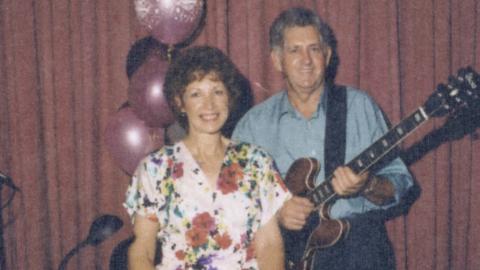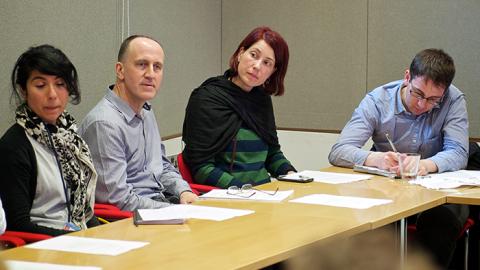
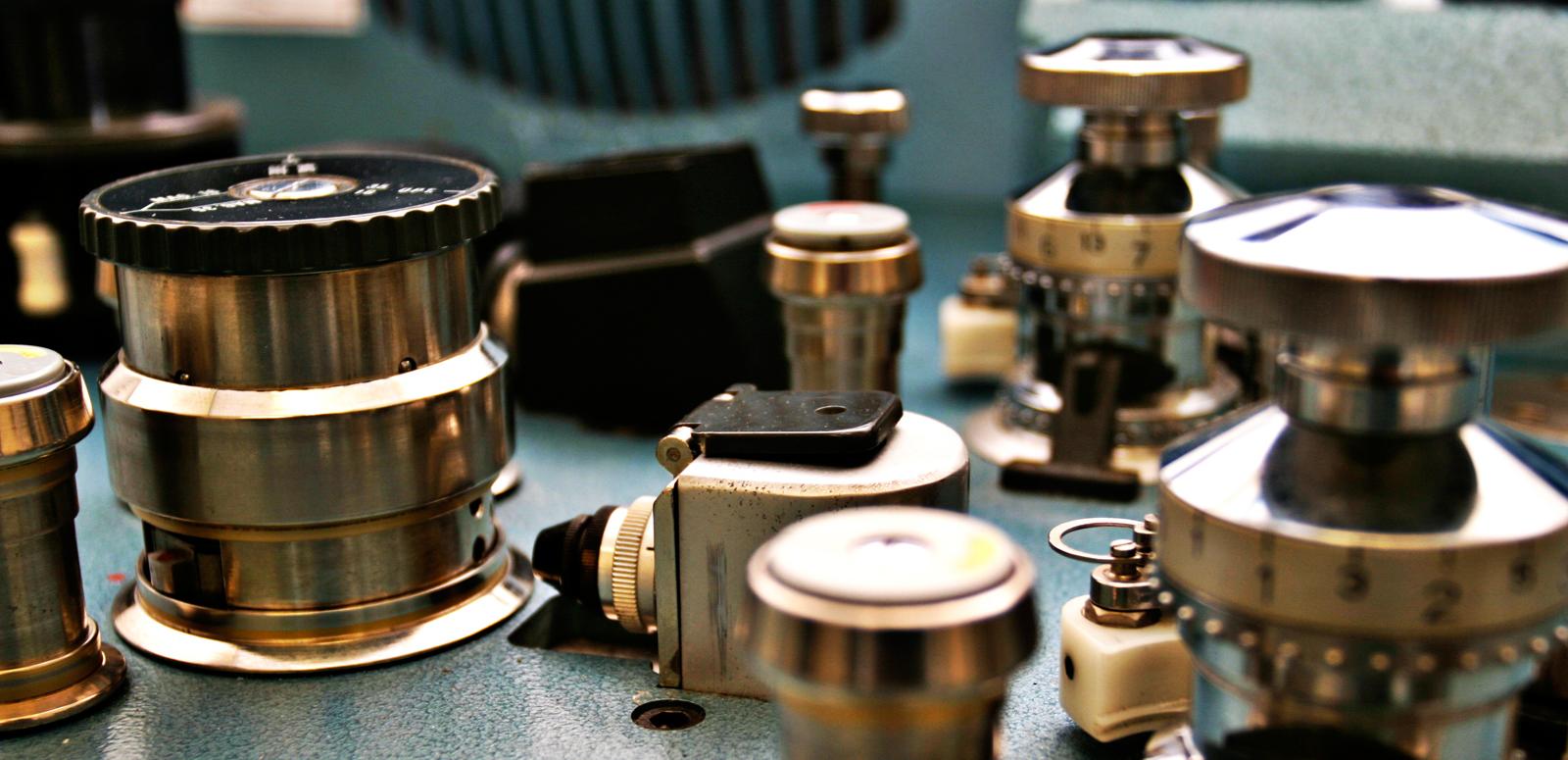
Preserving the born-digital
Sound archivist Tessa Elieff shares some of her favourite Bandcamp discoveries and explains why this platform is a digital archivist’s best friend.
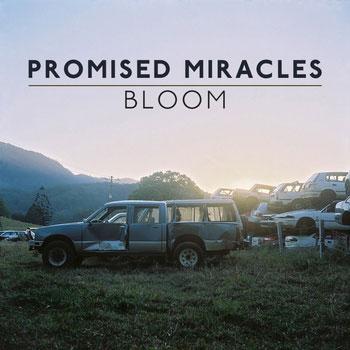
It is no secret that the surge of digital media within the sound industry has generated an exponential growth in the sheer quantity of material available. While sound archivists used to sift through crates full of LPs, quarter-inch tape and CDs to research the ‘sound’ of an era, we are now contemplating a future based on digital artefacts – non-physical objects that appear as easily as they disappear into the virtual world’s vortex.
As archivists it is up to us to roll up our trousers and wade into this digital deluge, to sort this daunting body of work from a stream of subconscious into a cohesive conversation that best communicates our sonic heritage. In regards to (audio) digital distribution, I would go so far as to say we are in the midst of a milestone, one that marks the tipping point of majority between physical and digital release. More and more content is released independently and exclusively in digital format. Unfettered by the typical costs associated with label distributors of the past (real estate, rent, wages, freight etc.) a digital distributor’s potential is limited only by the founder’s imagination, the web developer’s code and the outreach of their online social media network.
And so today, as an archivist seeking to gather an accurate cross-section of this born-digital material, I am confronted with the question, ‘Where do I start?’ Unlike physical media, an archive like the NFSA cannot expect that a certain amount of material will reach us by default. Digital files do not accumulate in forgotten piles on the floor of grandma and grandpa’s old shed. They do not create clutter in the attic nor demand a responsibility whereby their removal and transfer of ownership must take place as an actuality. Rather than the time and effort it takes to pass these items on to interested parties (such as an archive) owners of digital content can simply remove their virtual accumulation via a simple command: format disc. This new-found ease, by which people are able to wipe out entire music collections, is a relatively new concern to the archivist and curator and one we must address. It introduces an urgency to our role of sourcing material (before it is destroyed) and in connecting with both the distributors and the creators of born-digital content in order to (re)introduce the act of archiving the material within its considerably shorter lifespan.
In these early stages of addressing this concern, independent netlabels and online distributors provide a much-needed lifeline into the aforementioned virtual vortex and, currently, one of the most diverse and extensive distributors of born-digital independent content is the online platform Bandcamp. Did you whip up a new tune on GarageBand over the weekend and want others to hear the inner rock star they never knew you were? Perhaps you just crave exposure and know that your band is just as good as insert-successful-independant-band-here? Maybe you’re looking for a platform for your own netlabel? Maybe you need to hand out a bunch of demos quickly, easily and on the cheap, and maybe you just want to go it alone without a label behind you.
These are some of the typical scenarios that you find in Bandcamp – the people’s response to the music industry’s large-label domination and general continued developments in affordable domestic technology. The little guys and gals that don’t fit a big label’s ‘what-is-hot’ checklist – you’ll find them on Bandcamp. Your creepy uncle’s cover song albums (all 16 of them) thoughtfully packaged with close-up selfies as album artwork – you’ll find them too. Believe me when I say, ‘It’s a jungle in there’, but if it were not for open-invitation public platforms such as these, archives would be struggling to fill the gaping holes of digital release.
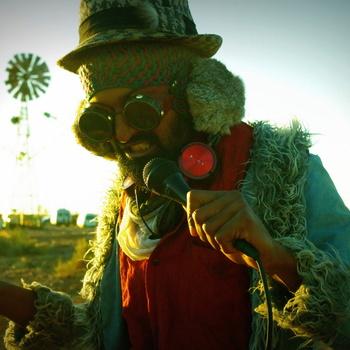
The NFSA collects 20 albums per month from Bandcamp and I am the archivist and curator who has the honour of doing so. Yes, it can be a challenge to fill the monthly quota. There is a certain quality control that comes into play when curating the works that is (from my experience) not so prevalent in the day-to-day archival selection process. I would say that the quality of the sound itself, if anything, becomes of less consideration, and the cultural context and creative content – even the artist’s potential – rise to the foreground of selection criteria.
Through trawling the weird, wonderful and downright ingenious sounds hosted on such a site I have discovered not only independent artists and labels but also the more complex creative bodies that are to be found within the music industry – collaborative efforts that typically do not rise to the easily-viewable surface simply because they do not fit the pr-determined roles of ‘label’, ‘artist’ or ‘band’. The Australia based artist collective Promised Miracles is a perfect example. Their workload includes artist management and booking services, with their Mixtapes series consisting of compilation releases designed to promote the work of their artists. Strictly speaking, they are not a label and yet I am able to discover their represented independent artists and download their handpicked compilations via Bandcamp.
Some examples of my most cherished sounds discovered to date include:
- ‘Bad Kite’ by Stre4m – a four-piece band that describes their material as ‘pagan devotional music’. The song in question is a beautifully raw recording of a solo violinist. In an act of solitude, he plays in a K-Mart emergency stairwell where the natural acoustics only amplify the sense of sombre thought as can only be communicated through the strings of a violin. Stre4m’s live recordings capture the gritty elements of Melbourne’s music scene – specific to decade and local culture.
- ‘Riding the Highway’ by Larry T Hill – a travelling Australian-Sri Lankan beatboxer whose lyrics cover quintessential Aussie experiences such as kangaroos on the side of the road, croc-infested waters and yes – travelling on Australian highways.
- ‘Lullaby for Queen Titania’ by Samantha Fernandez – a celtic singer-songwriter from the Irish/Scottish clan of MacGilivray, currently based in Melbourne, Australia.
- ‘Between Immensity and Eternity – Part 2. In the realm of the galaxies’ by Cosmic Voyager whose compositions on synthesiser date back to 1981 and provide a definitive example of ambient synthesiser music from this era. The artist states that, ‘The problem with creating music back then was, unless you had money, there was no way of showing off your music to the rest of the world. Now there is.’ A considerable body of Cosmic Voyager’s work can be found on Bandcamp and has been archived with the NFSA.
Ultimately, until sound archivists worldwide have recovered from the whiplash of mass-generated born-digital content, and firmly (re)established the act of archiving this media within its lifespan cycle, independent netlabels and open-invitation digital distributors will continue to be invaluable tools in their quest to precede ‘format disc?’ whilst providing a unique insight into the work of Australia’s artists as a whole – irrespective of their successes within the commercial music industry. Spend a morning on Bandcamp listening to the releases tagged with ‘Australia’ and uploaded by ‘newness’ and you will be reminded of just how diverse and fascinating, Australia’s sound culture is – even the not-so-good bits…
The National Film and Sound Archive of Australia acknowledges Australia’s Aboriginal and Torres Strait Islander peoples as the Traditional Custodians of the land on which we work and live and gives respect to their Elders both past and present.

